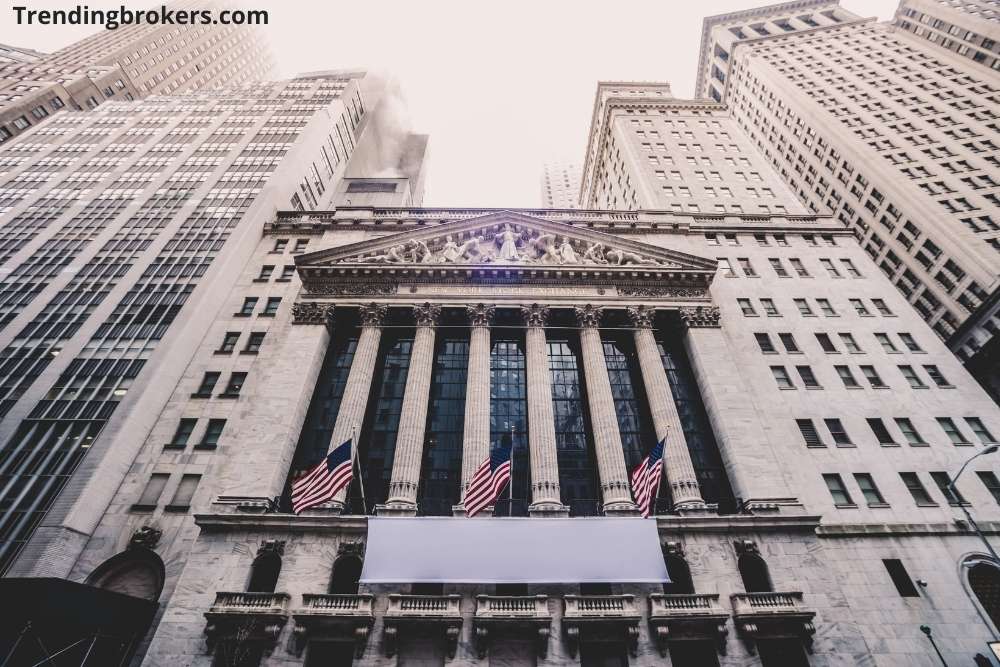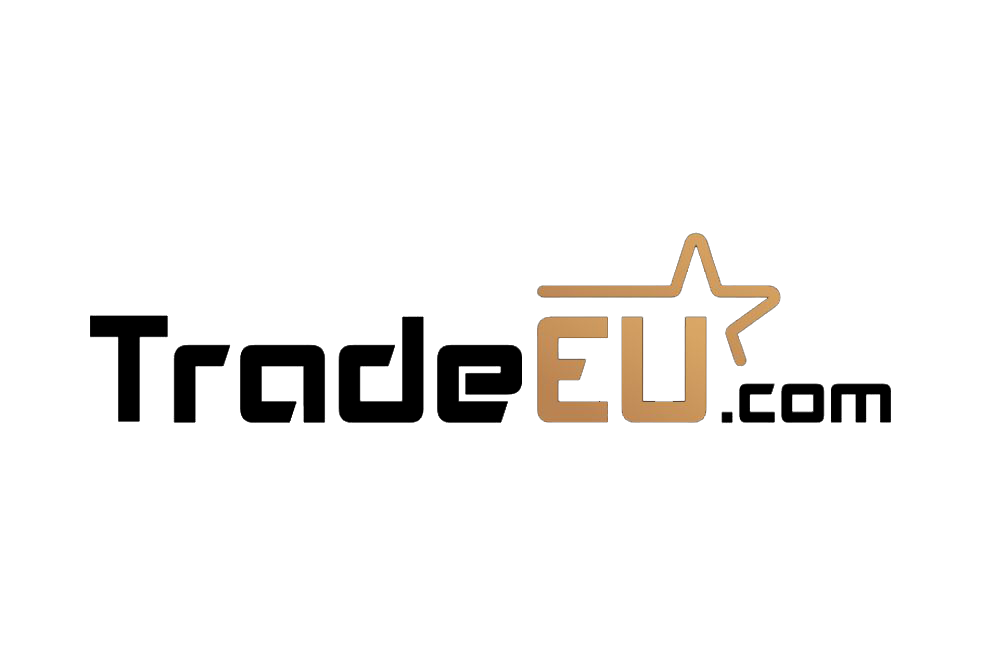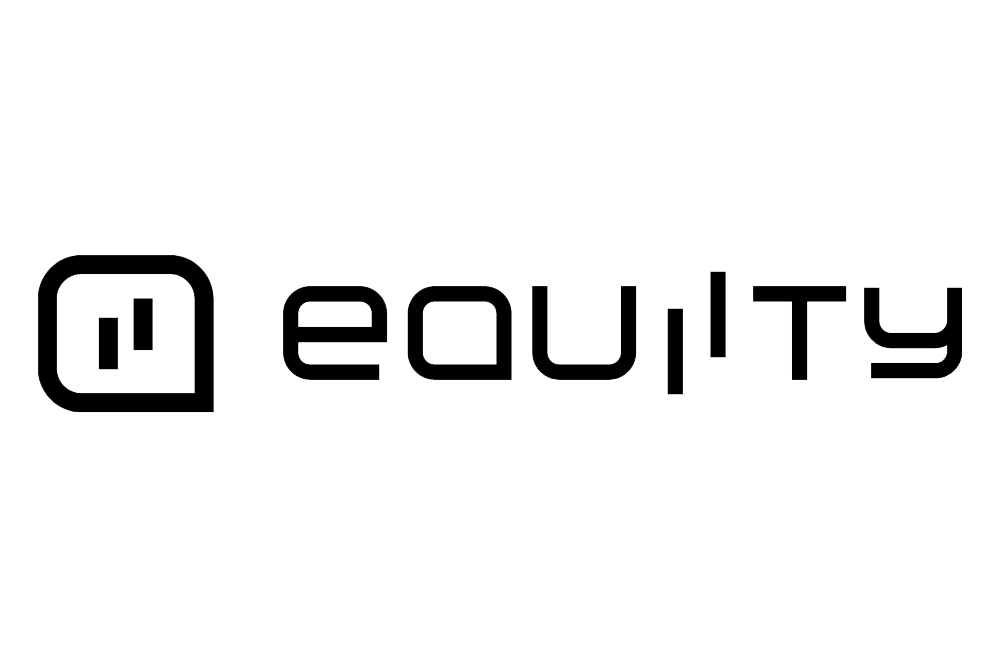The New York Stock Exchange (NYSE) is the world’s largest stock exchange, with more than 80% of the S&P 500 and 70 of the world’s top companies listed. It is a publicly-traded organization that allows for daily buying and sale, including more than nine million industrial stocks and securities.
The New York Stock Exchange is the world’s most influential and busiest financial market. The investors all across the globe trade its stocks.
History of NYSE
In 1817, it was formally established as the New York Stock and Exchange Board. In 1863, the current name was chosen. Greater economic activity in the United States following the War of 1812, as well as railroad stock speculation in the 1830s, boosted demand for capital and boosted trading at the exchange.
Following the panic of 1837, when many investors lost a lot of money, the exchange started requiring corporations to disclose financial information to the public as a condition of selling stock. The city of New York declared bankruptcy in the early 1970s, and the music industry moved west, focusing on Los Angeles.
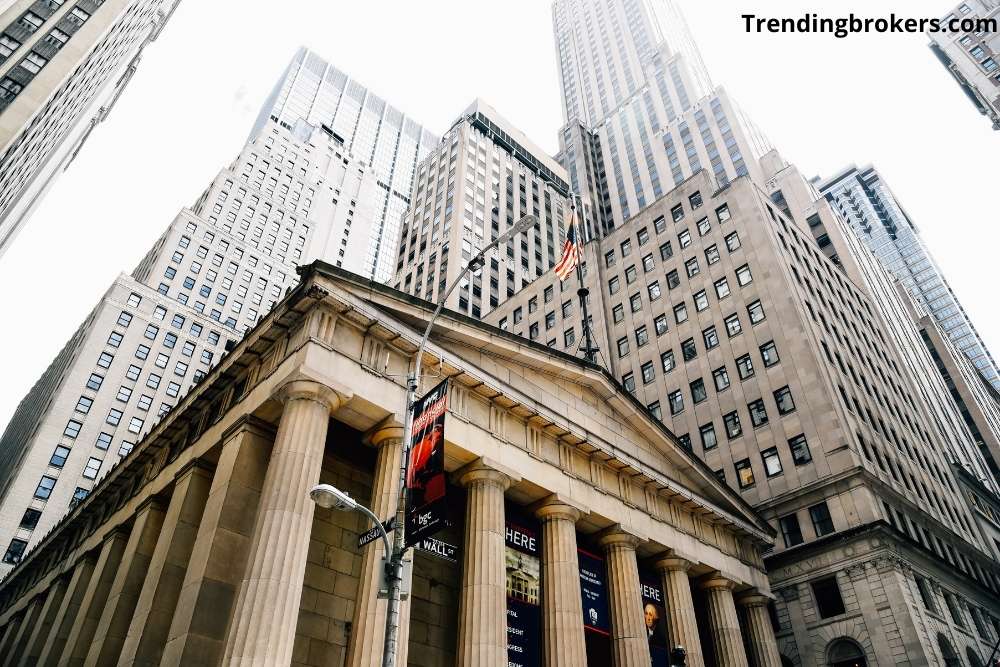
Midtown Manhattan was the epicenter of the American music industry at the start of the 1950s, with the offices of three major labels, the majority of music publishers, and a slew of recording studios.
The Wall Street bombing of 1920 was a bombing that occurred on September 16, 1920, on Wall Street in New York City, killing 38 people and wounding hundreds more. No one has claimed responsibility for the incident, which is still being investigated. The New York Stock Exchange, which is located across Broad Street, was immediately closed.
The New York Stock Exchange and Federal Reserve Bank of New York are all located in the Wall Street district, sometimes known as the Financial District. Wall Street has become a symbol of high money and investment around the world and has so entered modern mythology. For example, Wall Street was a symbol of greedy robber barons who exploited farmers and workers to 19th-century Populists.
The NYSE utilized a gavel to announce the first start and end of trading. However, in 1870, it was replaced by a Chinese gong. Finally, the gong was substituted by a brass bell when it was moved to its current location. The opening bell tolls at 9:30 a.m. ET, and the closing bell tolls at 4:00 p.m. Eastern Time. The New York Stock Exchange is usually open during the week and closed on weekends.
The opening and closing bells, which are an integral aspect of the stock exchange’s brand, are also employed to signify a financial-related event or to commemorate a noteworthy event in New York City.
The NYSE changed its ownership structure in 2006 when it combined with Archipelago Holdings to become the NYSE Group, Inc., a publicly-traded company.
Trading through NYSE
The New York Stock Exchange uses the standard auction process for all trades. Stocks are traded at auctions, where buyers and sellers fight for the best price. However, despite its reputation for having a crowded trading floor, the majority of stock transactions are now done digitally, with algorithms coordinating buyers and sellers.
The fact that the NYSE is publicly traded and so can be invested in does not mean that investors should do so. Instead, each company must be assessed on its own merits and contrasted to each investor’s specific needs, ambitions, and risk tolerance.
The NYSE remains a hybrid market, regardless of the fact that most operations now take place on computer networks. This allows stockbrokers to send orders to the trading floor or an electronic platform, which are then filled by floor brokers.
Many investors put their money into multinational corporations (MNCs) because they believe they have a greater degree of governance, technological proficiency, and transparency.
After analyzing a stock, investors must decide its prospective return and volatility, as well as whether it fits their specific profile. Another consideration is the stock’s position in a portfolio. Most investors aim for a well-diversified portfolio in order to attain the desired return while assuming the least level of risk.
A more concentrated portfolio raises the danger of a large loss while simultaneously increasing the potential total return. The risk and return profile of a stock influences the risk and return profile of the entire portfolio. Yet, a risky stock might make an overall portfolio less risky by moving in the opposite direction of other holdings.
How the NYSE works?
The New York Stock Exchange serves two main purposes. First, it serves as a primary business for stock purchases and deals. It allows businesses to list their shares on the stock exchange and raise finances from interested investors. The NYSE is a stock exchange where members can trade stock in intimately traded pots and it’s regulated by the securities and exchange commission and is also registered with the public securities exchange.
A sale occurs when a buyer and a dealer agree on a price. The exchange would then report the transactions, providing transparency and allowing for efficient market operations. With electronic trading, the NYSE’s computers are now in charge of matching buyers and sellers in real-time. The system, however, continues to work in the same way, with investors putting orders specifying the price at which they are willing to purchase or sell.
When the stockbroker implements your sell order, it is not finished until one of the New York Stock Exchange’s floor dealers finds some other broker to buy it. Brokers and dealers must be approved by the NYSE and have a trading license before they may begin trading.
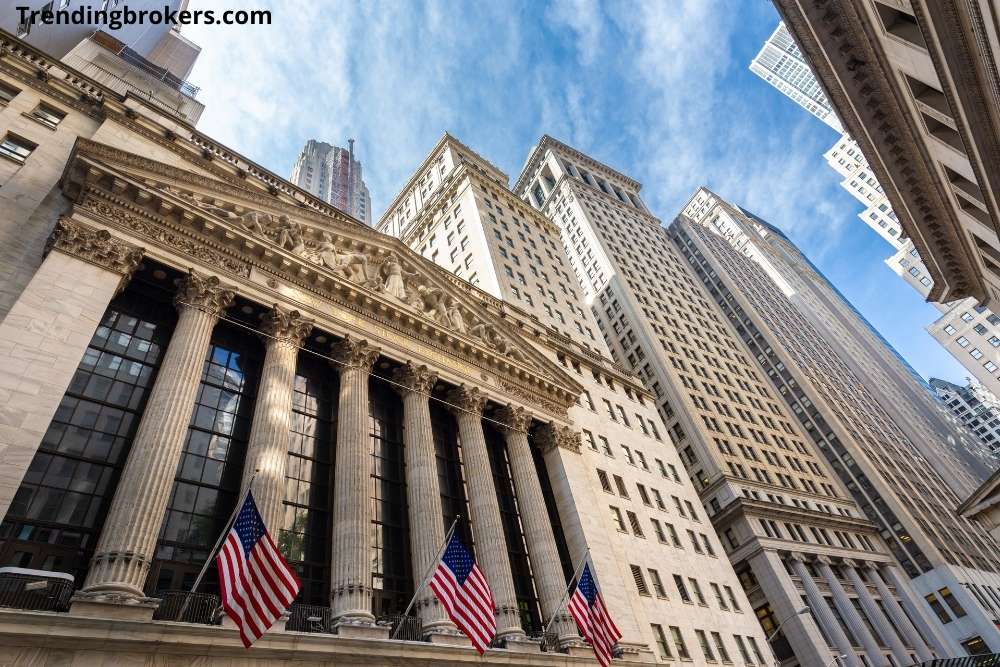
The brokers are matched with the stock sellers, who submit an asking price, by the dealers. It’s frequently more expensive than the offered price.
When a brokerage customer orders a transaction in an NYSE-listed stock, the brokerage company sends the order to its NYSE trading operations, which handle the trade execution, market capitalization, and customer instructions.
The NYSE also serves as a clearinghouse for corporations looking to raise funds by selling stock. Corporations that seek to list their shares on the New York Stock Exchange must meet both the SEC’s disclosure laws for publicly listed firms and the NYSE’s unique listing standards.
Other major stock exchanges also work like this. These stock exchanges include the American stock exchange, the London stock exchange, the National stock exchange, and more.
Major stocks listed on NYSE
Technology
- Apple (AAPL)
- Dell (DELL)
- Twitter (TWTR)
- Uber (UBER)
- Spotify (SPOT)
Healthcare
- Pfizer (PEE)
- Biohaven (BHVN)
- UnitedHealth Group (UNH)
- Teladoc Health (TDOC)
Energy
- NextEra Energy (NEE)
- ConocoPhilips (COP)
- Valvoline Inc. (VVV)
- ONEOK Inc. (OKE)
Designated Market Makers of NYSE
The Designated Market Maker is the core component of the NYSE market model (DMM). DMMs, formerly known as Specialists, are responsible for keeping fair and orderly transactions for their assigned securities. During market openings, closings, and periods of significant trading imbalances or turbulence, they function both traditionally and digitally to aid price discovery.
This high-touch strategy is critical for raising prices, reducing volatility, increasing liquidity, and increasing value. DMMs make trading judgments based on their knowledge of macroeconomic news, vibrant financial systems, and industry-specific intelligence.
The DMMs are a key resource for the NYSE community of publicly traded companies, offering market integrity, financial commitments, frequent communication, and stepping in during extraordinary situations.
Currently, there are three designated market makers (DMMs), including GTS Securites LLC, Virtu Americas LLC, and Citadel Securites LLC.
How to start trading NYSE stocks?
Buyers and sellers meet at the New York stock exchange and agree on a trading price, which is the most frequent manner of buying and selling shares in the stock market. You can buy shares directly from existing shareholders who want to sell them and vice versa through an online stockbroker.
A stock market’s goal is to make the exchange of assets among buyers and sellers as simple as possible, lowering the risks involved with investing. As a result, a stock market can be thought of as a highly sophisticated market that connects buyers and sellers.
If someone desires to trade, they must have a thorough understanding of the Primary and Secondary Markets.
Open a foreign trading account to improve your ability to analyze the US market and economy and make well-informed trading decisions.
What do you need to know before investing in NYSE?
When compared to local investments, international investments incur higher fees. Therefore, make sure you fully comprehend all prices.
Due to substantial costs that can cut into traders’ marginal gains, investing is more cost-effective than trading in the US market. However, if you trade with Investby, you will incur very few fees and will be able to effortlessly create bigger profits.
Take into account any applicable taxes in accordance with US tax regulations.
Bottom Line
Allowing yourself to contemplate investing in NYSE equities might offer a layer of diversification to your overall portfolio. However, it’s crucial to keep in mind that NYSE stock investing provides both benefits and drawbacks. As a result, make sure you analyze all factors and invest as per your financial objectives and risk tolerance.
You can invest in NYSE with the highly regulated brokerage firm Investby. The financial service provider offers a wide range of rich educational and research resources and trading tools through a world-class trading platform, MetaTrader 4 (MT4). You can start learning and trading gradually in international markets and get familiar with the trading platform using the free demo account provided by the leading broker Investby.
